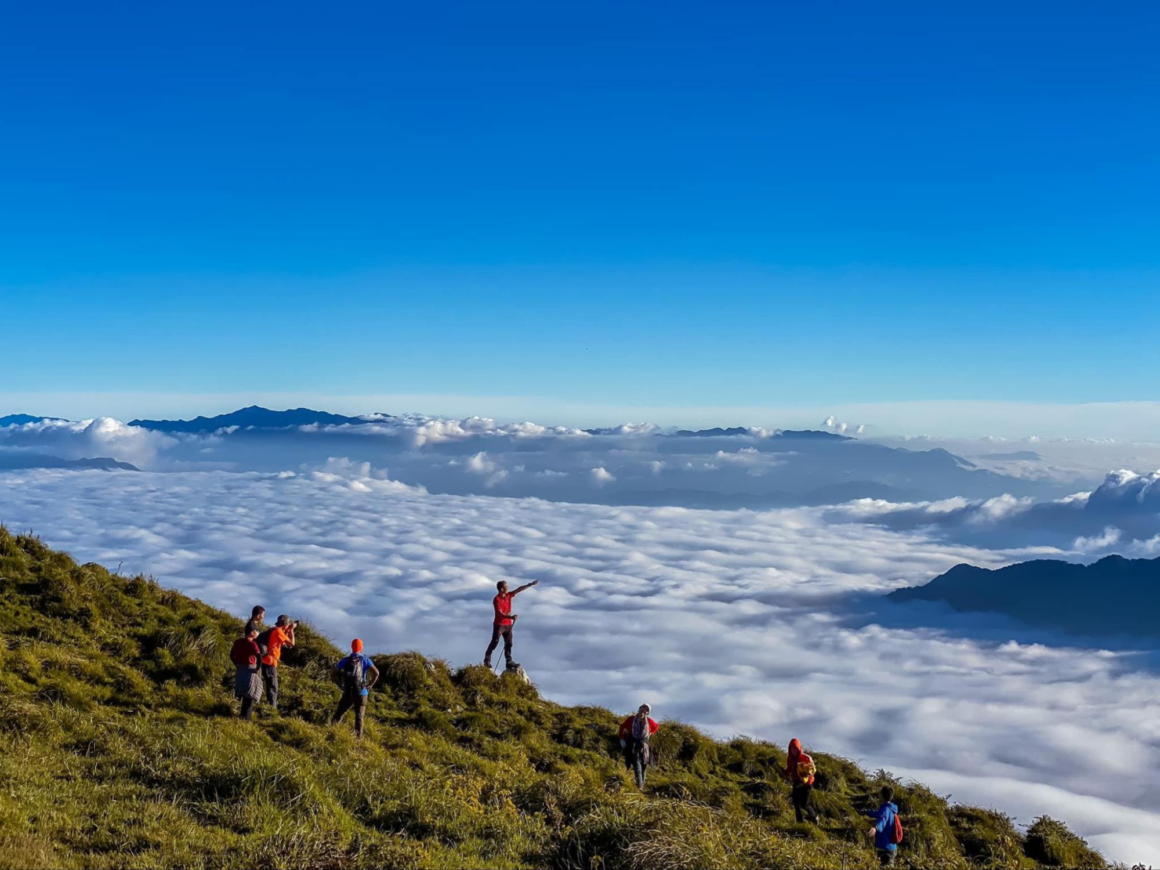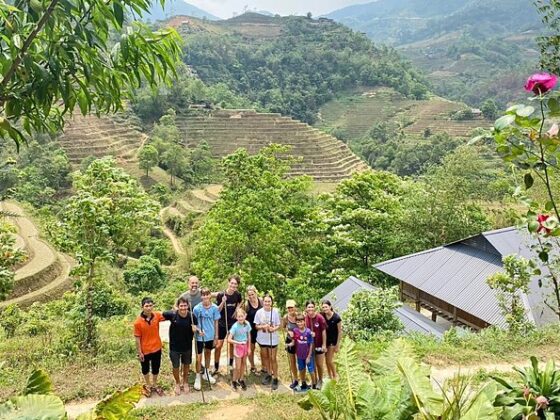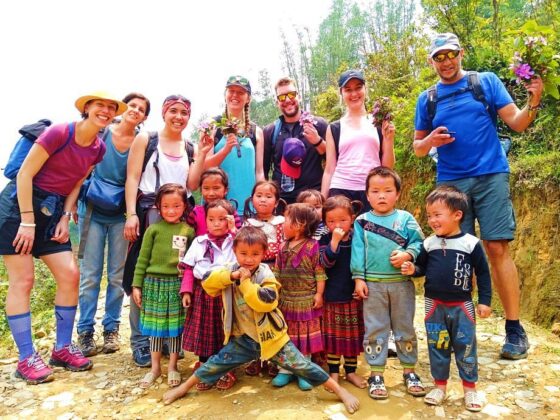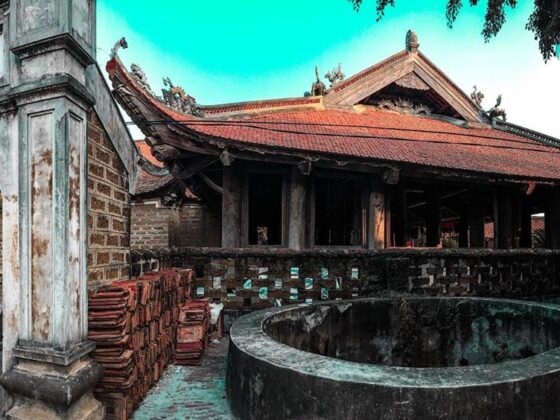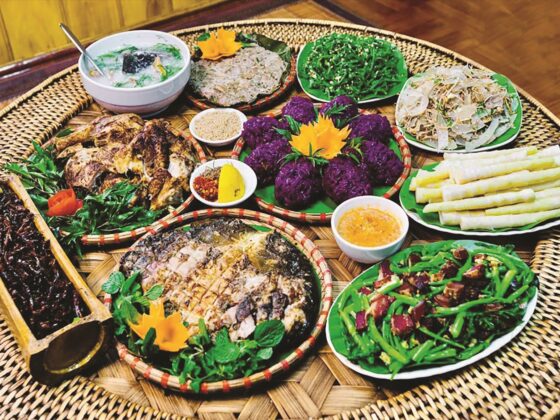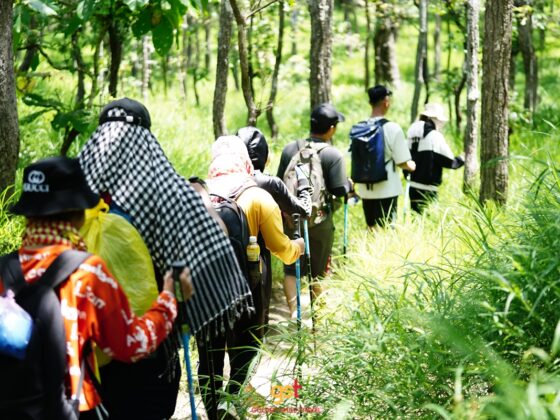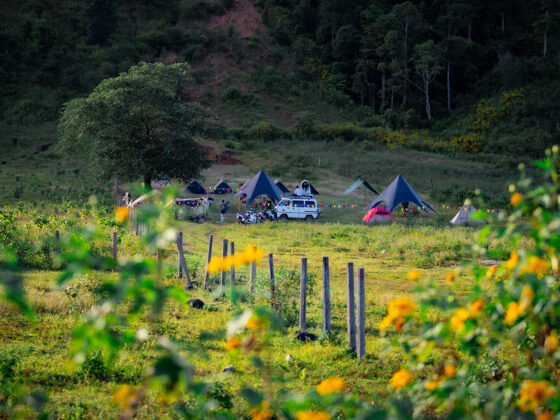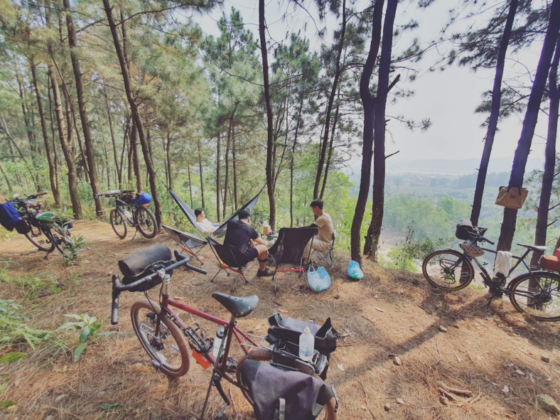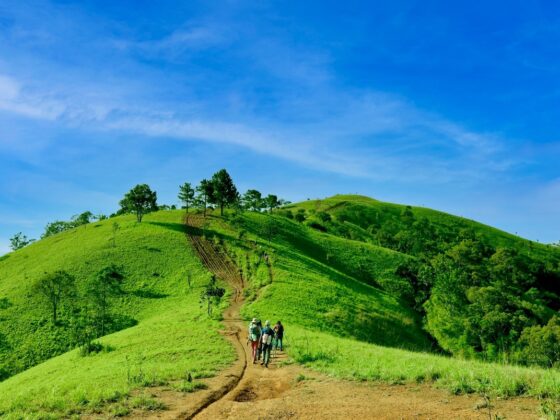Table of Contents Show
Vietnam is a treasure trove of stunning landscapes and rich cultural diversity, making it an ideal destination for trekkers seeking adventure. From the towering peaks of the Northern Highlands to the lush valleys of the Central region, the country offers a variety of trekking experiences. To ensure a safe and enjoyable journey, here’s essential trekking knowledge every adventurer should know before hitting the trails in Vietnam, including important Vietnam hiking regulations.
Read more interesting posts here:
- A Local’s Guide to Non-Touristy Places in Vietnam: Beyond the Brochures
- 8 Essential First Time Hiking Tips: How to Plan and Get Started
- Ready, Set, Track: A Fun Guide to Outdoor Fitness Challenges
Understanding Vietnam’s geography and Vietnam hiking regulations
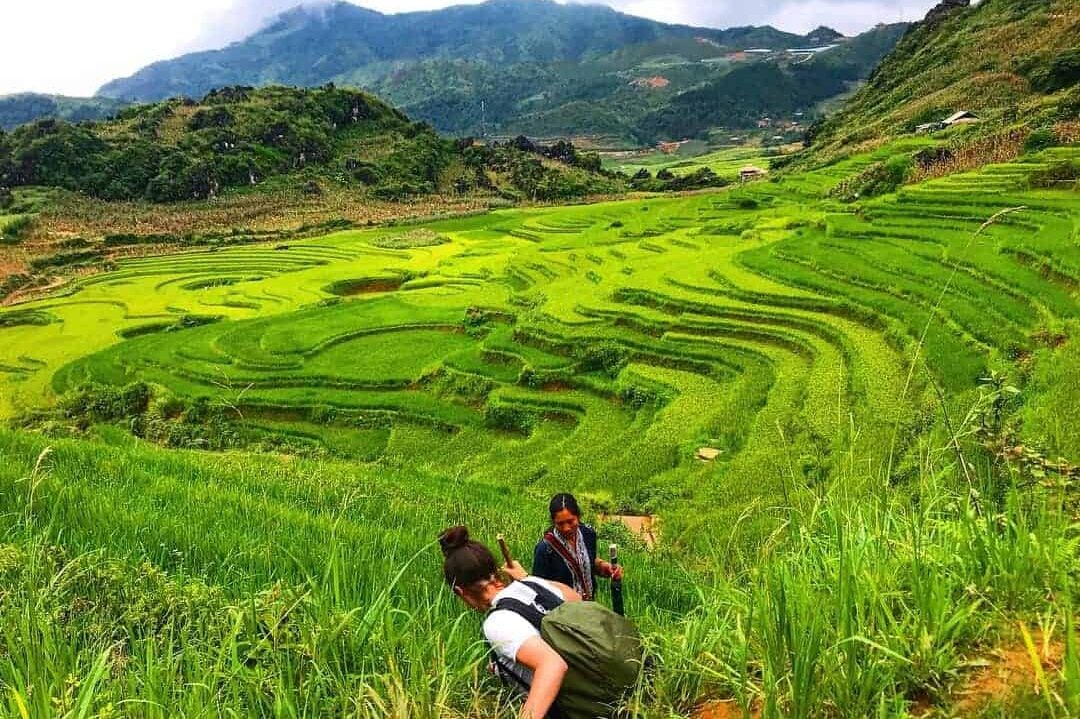
Vietnam’s geography is incredibly diverse, featuring everything from mountainous terrains to coastal plains. The Northern Highlands, with their iconic terraced rice fields and ethnic minority villages, present a unique trekking experience. In contrast, the Central region offers beautiful landscapes, including the Annamite Range, while the Mekong Delta provides a different cultural perspective with its lush waterways.
Each region has its own charm, and understanding these geographical distinctions can help you choose the right trekking route and adhere to specific Vietnam hiking regulations.
Best time to trek and Vietnam hiking regulations
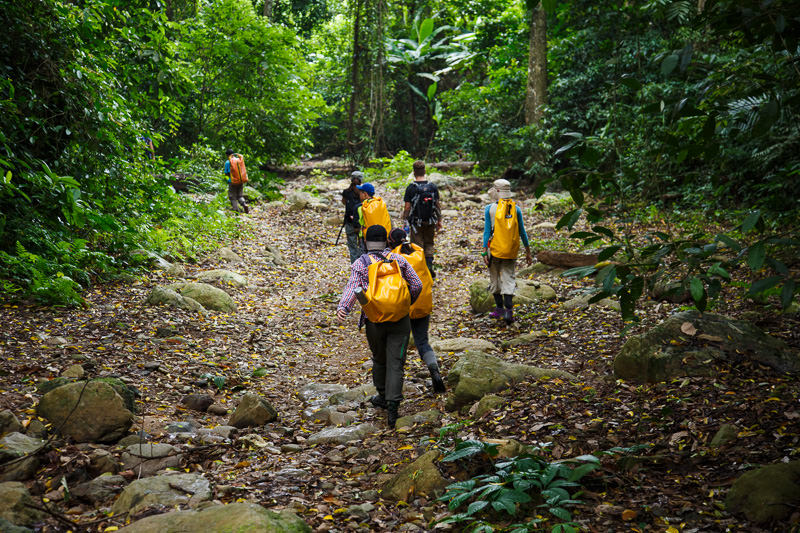
Timing is crucial when planning your trek. The best months to explore the Northern regions are from September to November and March to May, when the weather is cooler and more stable. In the Central region, the dry season from January to August is ideal.
Conversely, the Mekong Delta is best visited during the dry months from December to April. Being aware of seasonal weather patterns can help you avoid the monsoon rains and enjoy the trails to their fullest, all while being mindful of how weather might impact Vietnam hiking regulations in certain areas.
Trekking regulations and permits: Essential Vietnam hiking regulations
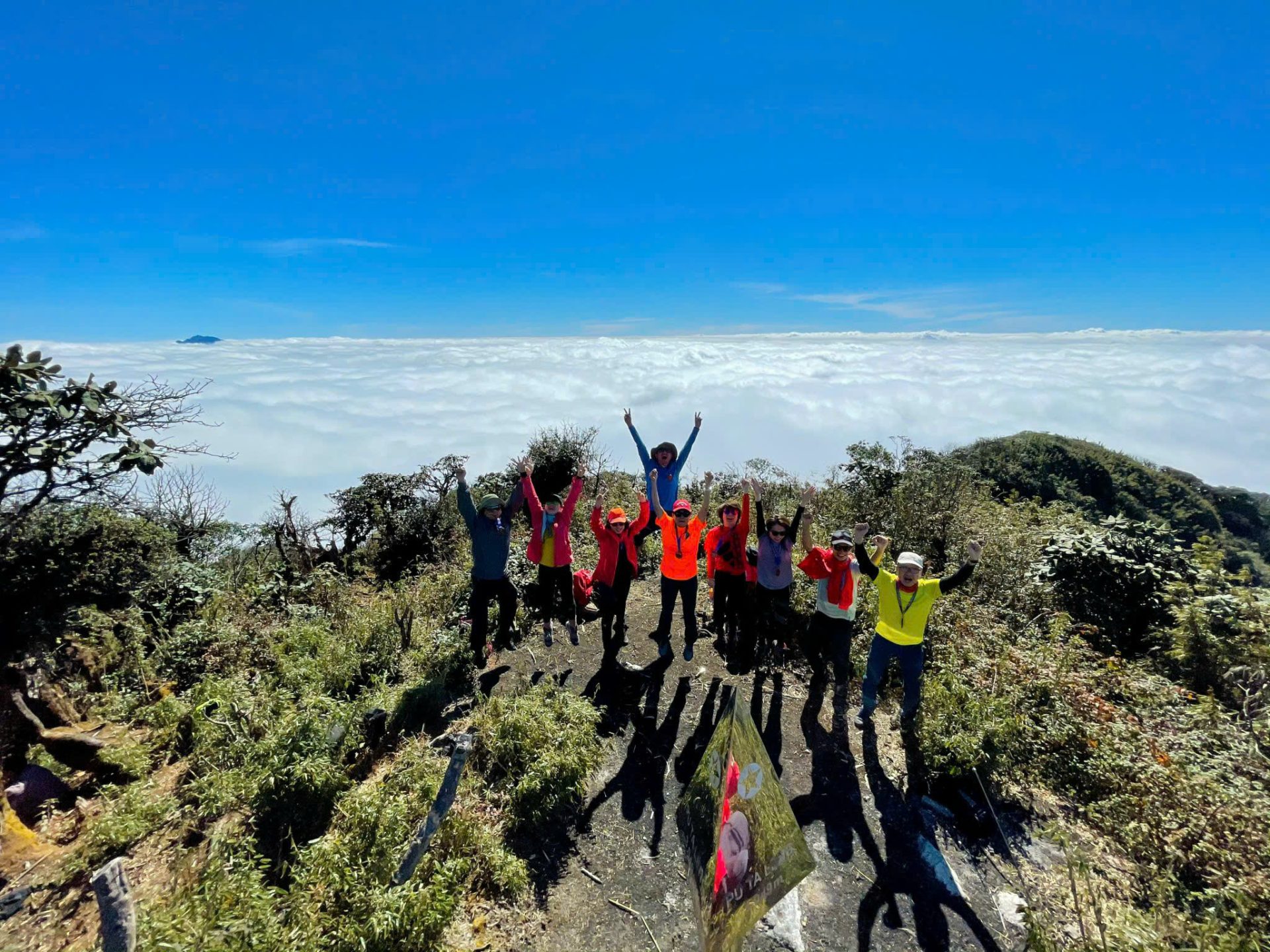
Before embarking on your trek, familiarize yourself with local regulations, especially if you plan to hike in national parks or protected areas. Some regions may require permits, which can usually be obtained through local tour operators or park offices. Adhering to these Vietnam hiking regulations not only ensures your safety but also helps in the conservation of Vietnam’s natural beauty. Always check the latest requirements before your trip.
Cultural sensitivity
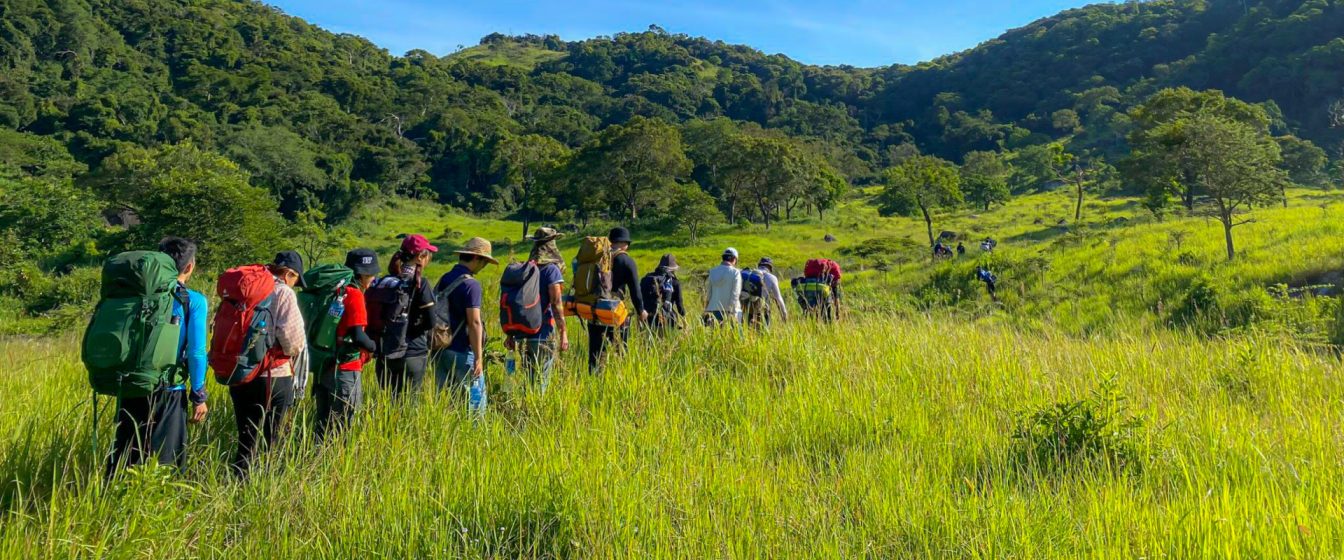
Vietnam is home to over 54 ethnic groups, each with its own customs and traditions. Engaging respectfully with local communities is essential. A simple smile and wave can go a long way in breaking the ice. Be mindful of cultural practices, such as asking for permission before taking photos of people or their homes. Showing genuine interest in local traditions fosters meaningful connections and enriches your trekking experience, complementing your adherence to Vietnam hiking regulations.
Safety precautions and Vietnam hiking regulations
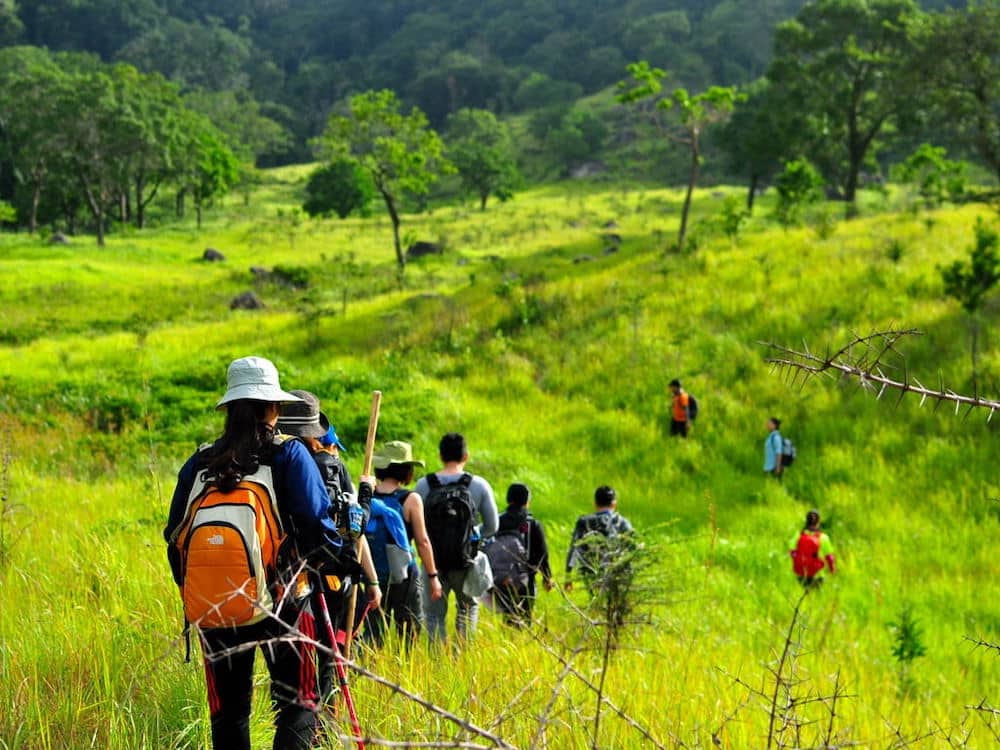
Safety should be your top priority while trekking. Trekking anywhere can be dangerous, and Vietnam is no exception. Always stay on marked trails to avoid getting lost, and be aware of your surroundings. If trekking solo, consider informing someone of your route and estimated return time. Traveling in groups is safer and often more enjoyable, allowing for shared experiences and collective decision-making, which also helps in navigating Vietnam hiking regulations.
To enhance your safety, consider utilizing the ExoTrails app, which has experienced a growing community of hikers and trekkers. Its BaseCamp and Community page are valuable resources, offering loads of useful information about places where others have trekked. Engaging with this community can provide insights into trail conditions, safety tips, and recommendations based on firsthand experiences, further assisting with Vietnam hiking regulations.
Navigation basics
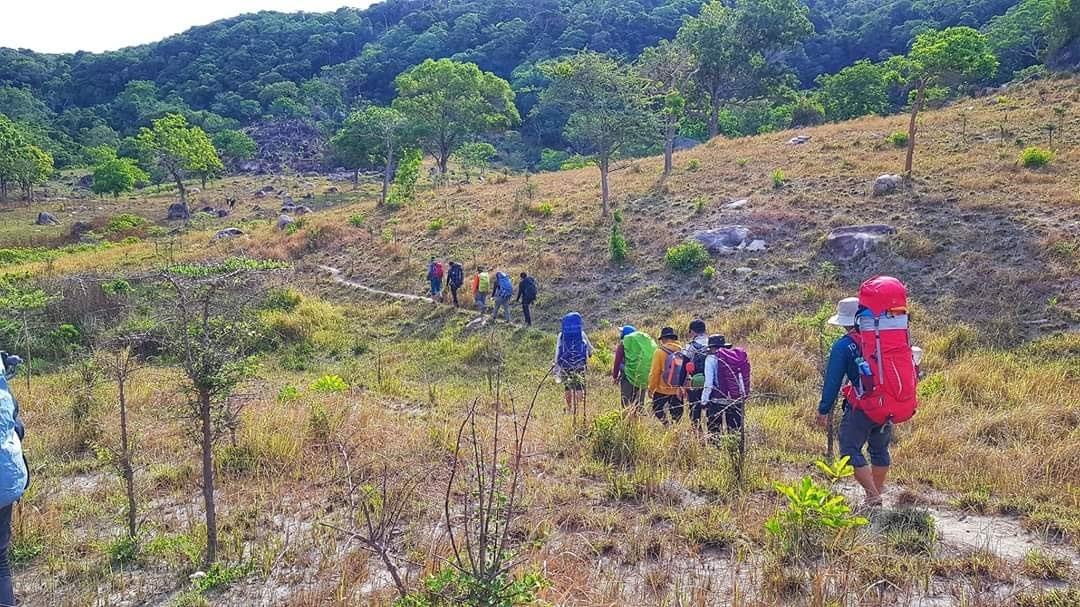
Having a reliable navigation method is crucial. While GPS devices and apps like Exo Trails can be incredibly helpful, it’s wise to carry a digital off-line map as a backup. Familiarize yourself with the terrain and key landmarks along your route to enhance your confidence while trekking.
Health considerations
Staying healthy during your trek is essential. Hydration is key—carry enough water and consider using purification tablets if you need to refill from natural sources. Be mindful of food safety, especially when trying local dishes. Understanding the signs of altitude sickness is also important if you’re trekking in higher elevations, so pay attention to your body and take breaks as needed.
Environmental responsibility
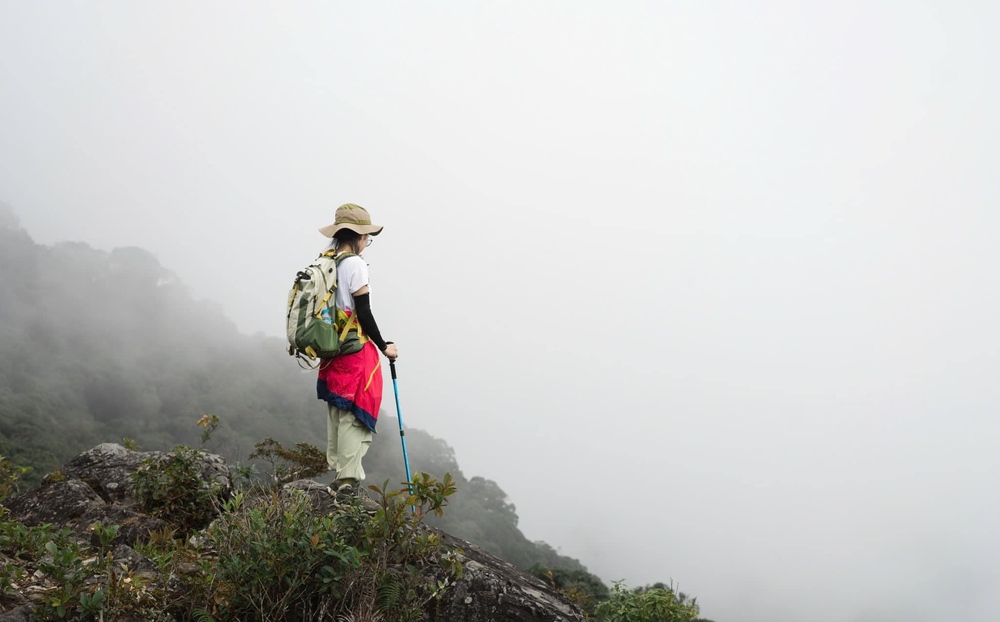
As a responsible trekker, please practice Leave It As You Found It principles. Carry out all waste and respect wildlife by observing from a distance. Supporting local conservation efforts helps preserve Vietnam’s natural beauty for future generations. Engaging in eco-friendly practices enhances the trekking experience for everyone.
Conclusion
Vietnam hiking regulations are in place to ensure both your safety and the preservation of Vietnam’s stunning natural environment. Trekking in Vietnam offers an unparalleled opportunity to explore breathtaking landscapes and immerse yourself in rich cultures. By equipping yourself with essential knowledge about geography, cultural sensitivity, safety, and environmental responsibility, as well as understanding and adhering to all local regulations, you can embark on your adventure with confidence.
Every step on the trail is not just about the destination but also about the connections you make and the stories you gather along the way. Embrace the journey, and let Vietnam’s natural beauty captivate your heart while respecting its rules and regulations.
Join our vibrant community on Facebook to share your trekking stories and tips, and don’t forget to like the ExoTrails fanpage for the latest updates and exclusive offers!
FAQs
What do I need to know before trekking in Vietnam?
Before trekking in Vietnam, research your chosen route, understand the local climate, be aware of cultural customs, and familiarize yourself with Vietnam hiking regulations and permit requirements.
When is the best season to hike in Vietnam?
The best season depends on the region; generally, September to November and March to May are ideal for the North, while January to August suits the Central region, keeping in mind how this might affect Vietnam hiking regulations.
Do I need a guide to trek in Vietnam?
While not always mandatory, a local guide is highly recommended, especially for challenging trails or remote areas, to ensure safety and compliance with hiking regulations in Vietnam.
What are the rules for hiking in Vietnam’s national parks?
Rules for hiking in Vietnam’s national parks often include obtaining permits, staying on marked trails, practicing Leave No Trace principles, and respecting wildlife, all part of specific Vietnam hiking.
How do I show respect to ethnic groups in Vietnam?
Show respect by dressing modestly, asking permission before taking photos, learning basic Vietnamese phrases, and being mindful of local customs and traditions, which enhances your experience and adheres to implicit hiking regulations of cultural conduct.

